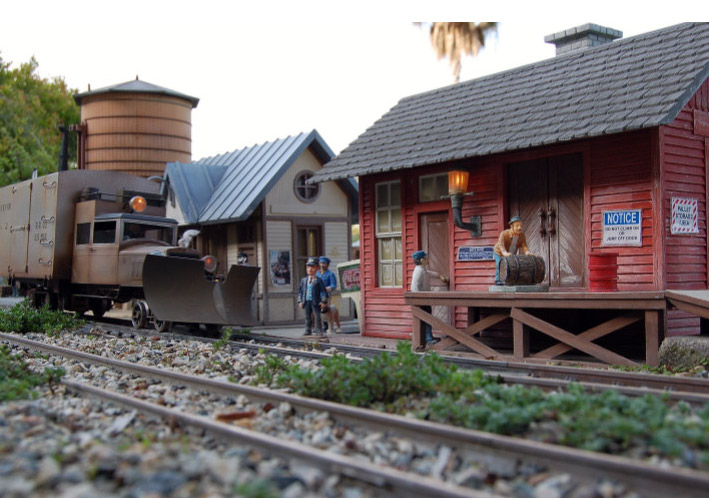I have the Accucraft Goose #2, a very nice brass model. It seems to be a simple engine, with a pickup for the engineers side on the pilot truck and a pickup for the fireman side on the powered truck. The pickups are simple wires touching the axle.
I will be running this unit on track power and it will suddenly stop, and I find the 10 amp fuse on the track side Train Engineer blown. Usually this only happens if I manage to derail on a switch and short out the tracks.
So I took off the cargo compartment and checked the resistance for the pickups and all seems to be isolated properly. But as I jiggle and push on things I may get a very quick momentary twitch on the ohm meter.
But no obvious cause for this, thus I suspect an intermittent short somewhere. Quite frustrating of course. Next step is to run it on rollers and see if I can observe anything, but I don’t have much hope of being able
to spot the problem
Has anyone run into this before with this unit, and have any suggestions?
Thanks
Jerry


